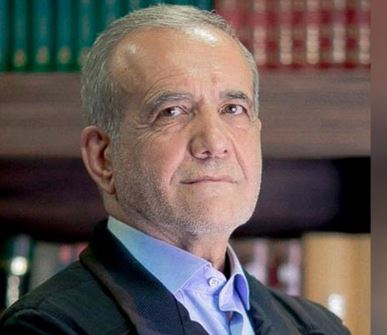Iran’s Disenchanted Electorate
The recent Iranian presidential election, culminating in the declaration of results on July 6, presented a paradoxical spectacle: a contest between two candidates firmly entrenched within the Islamic Republic’s theocratic establishment. The victor, Masoud Pezeshkian, a former health minister, bore a reputation for moderation. Yet, his triumph was marred by historically low voter turnout, exposing a profound disillusionment among the Iranian populace.
The Mirage of “Reform”
Pezeshkian’s “reformist” credentials have been questioned, given his past role in enforcing compulsory hijab in hospitals. Many observers posit that his victory, while potentially bolstering Iran’s image abroad, is unlikely to usher in substantive change. The underlying issues plaguing the nation—economic stagnation, political repression, and a looming succession crisis—remain unresolved.
The Supreme Leader’s Gambit
The election unfolded against the backdrop of Supreme Leader Ayatollah Ali Khamenei’s declining health and the ensuing power struggle. Khamenei and the Islamic Revolutionary Guard Corps (IRGC) may be leveraging Pezeshkian’s “reformist” image to appease Western powers and maintain Iran’s regional influence. However, the efficacy of this strategy remains to be seen.
The People’s Cry for Change
The most salient factor in Iranian politics today is the burgeoning civil disobedience movement. The 2022 Mahsa Amini protests, sparked by the death of a young woman in police custody, galvanized a generation yearning for change. This discontent was palpable during the election, with slogans like “Hard-liner, reformist, your time is up, the game is over” echoing across social media.
A Looming Legitimacy Crisis
The election results, while favoring Pezeshkian, underscored the Islamic regime’s growing legitimacy crisis. The low voter turnout, particularly in Tehran, suggests that a vast majority of Iranians have lost faith in the electoral process as a vehicle for meaningful change. The regime’s future hinges on its ability to address the root causes of this disillusionment.
Key Learnings
| Aspect | Key Takeaway |
|---|---|
| Election Outcome | Masoud Pezeshkian, a “reformist,” won the 2024 Iranian presidential election. |
| Voter Turnout | The election saw historically low voter turnout, indicating widespread disillusionment. |
| Reform Prospects | Pezeshkian’s victory may not lead to significant reforms due to the regime’s entrenched power structures. |
| Legitimacy Crisis | The regime faces a growing legitimacy crisis, fueled by economic woes and political repression. |
| Civil Disobedience | Civil disobedience movements are gaining momentum, demanding fundamental change. |
| Succession Struggle | The Supreme Leader’s declining health has triggered a power struggle within the regime. |

Sunil Garnayak is an expert in Indian news with extensive knowledge of the nation’s political, social, and economic landscape and international relations. With years of experience in journalism, Sunil delivers in-depth analysis and accurate reporting that keeps readers informed about the latest developments in India. His commitment to factual accuracy and nuanced storytelling ensures that his articles provide valuable insights into the country’s most pressing issues.



